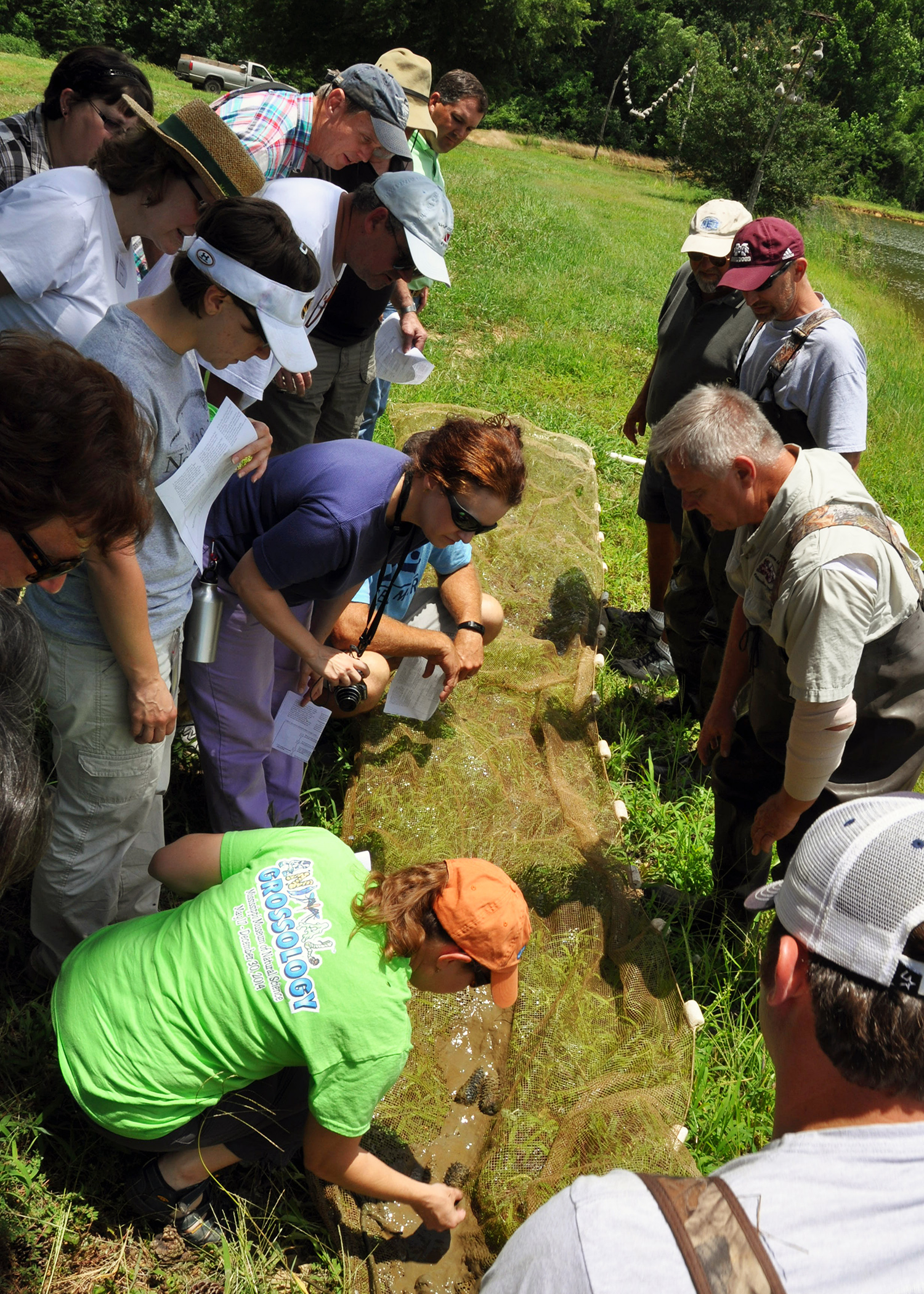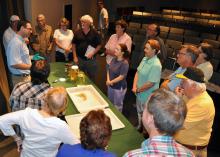Information Possibly Outdated
The information presented on this page was originally released on August 11, 2017. It may not be outdated, but please search our site for more current information. If you plan to quote or reference this information in a publication, please check with the Extension specialist or author before proceeding.
Citizen scientists help local wildlife and communities
RAYMOND, Miss. -- Funding and manpower are cited as the most common limiting factors in conducting research, especially for wildlife and fisheries studies, which can cover huge areas, involve secretive animals and collect large quantities of information.
To combat these challenges, scientists have reached out to everyday citizens interested in science, the natural world and community service. These volunteer citizens receive specialized training for the particular research task at hand. In some cases, volunteers are recruited to assist on a project because they already possess a skill such as bird identification. Volunteers and natural resource professionals then work as a team to implement the project.
Citizen scientists contribute to science in many ways by collecting data, assisting in the field, leading educational programs and more.
A great example is the Christmas Bird Count run by the National Audubon Society. For more than 100 years, citizen birdwatchers have assembled in groups across the country on a day in December to count all birds seen in a given area. Results are compiled and submitted to a centralized database for bird researchers to analyze for population trends and other bird-related questions.
This type of citizen-science monitoring project enhances scientists’ ability to keep tabs on wildlife populations and saves taxpayers money. Meanwhile, volunteers learn new skills, have fun outside and contribute to conserving wildlife and fish in their communities.
A more in-depth citizen science opportunity available to Mississippians is the Mississippi Master Naturalist Program. This adult volunteer certification program consists of a nine-week -- one day per week -- training program in various locations around the state. Natural resource professionals provide an introduction to Mississippi’s natural environment, including ecology, mammals, fish, birds, plants and insects.
Training takes place in the classroom, the laboratory and the field. Field trips include visits to Mississippi’s popular habitats like the Mississippi River, coastal estuaries, piney woods, bottomland forests and much more. Students learn field identification and sampling techniques and experience Mississippi’s wild places firsthand.
After the nine-week course, participants volunteer at least 40 hours as citizen scientists in their communities over the next year to fulfill the final requirement of becoming a Certified Master Naturalist.
Past attendees have participated in bird and amphibian monitoring programs, analyzed museum records and specimens, assisted conservation organizations with wildlife habitat projects, conducted education activities, and led management projects such as nature trail repair and maintenance on public lands.
Becoming a Certified Master Naturalist or citizen science volunteer can be very rewarding. It is also crucial to conserving Mississippi’s fish and wildlife for the future.
The next Master Naturalist Training program will begin Sept. 7. Registration is still open. For more information about the Mississippi Master Naturalist Program, call 228-546-1025 or go to the program’s website http://masternaturalist.extension.msstate.edu/.

Editor’s Note: Extension Outdoors is a column authored by several different experts in the Mississippi State University Extension Service.












